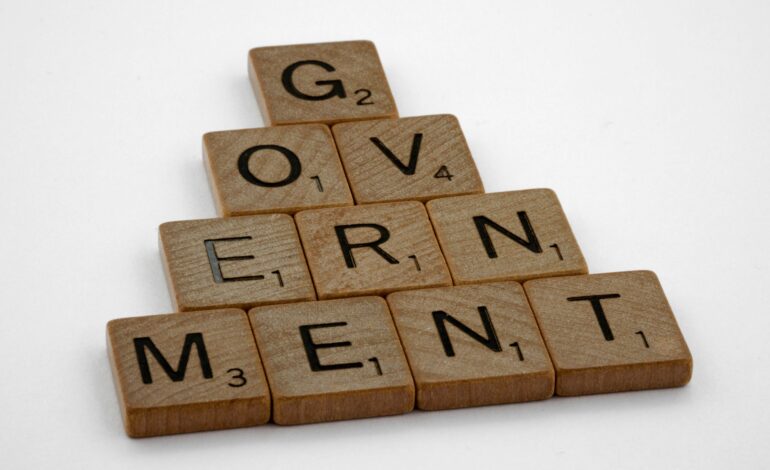
The Role of Government Subsidies in Promoting Cleaner Marine Fuels
Governments worldwide are increasingly turning to subsidies as a key policy tool to promote the adoption of cleaner marine fuels, aiming to reduce emissions and mitigate environmental impact from shipping activities. These financial incentives play a crucial role in incentivizing shipping companies to transition towards more sustainable fuel options, marking a significant step towards achieving global environmental targets.
The Need for Cleaner Marine Fuels
Shipping, a lifeline of global trade, is responsible for a significant portion of global greenhouse gas emissions and air pollutants. The International Maritime Organization (IMO) estimates that shipping accounts for around 2-3% of global CO2 emissions and expects this to increase without intervention. To address this, governments and regulatory bodies have set ambitious targets to reduce emissions and improve air quality in coastal regions.
How Government Subsidies Work
Government subsidies for cleaner marine fuels typically take several forms:
- Financial Incentives: Direct monetary grants or subsidies to shipping companies for retrofitting vessels or investing in new technologies that reduce emissions, such as scrubbers or alternative fuel systems.
- Tax Incentives: Reduced tax rates or exemptions on cleaner fuels like liquefied natural gas (LNG), hydrogen, or biofuels, making them more cost-competitive compared to traditional heavy fuels.
- Research and Development Funding: Grants or subsidies for research into cleaner marine fuel technologies, supporting innovation and the development of scalable solutions.
Impact on Industry and Environment
The impact of government subsidies on promoting cleaner marine fuels is multi-faceted:
- Economic Viability: Subsidies help offset the higher initial costs associated with cleaner fuel technologies, encouraging investment and adoption among shipping companies.
- Environmental Benefits: By incentivizing the use of fuels with lower sulfur and nitrogen content, subsidies contribute to significant reductions in emissions of sulfur oxides (SOx), nitrogen oxides (NOx), particulate matter, and greenhouse gases (GHGs).
- Market Transformation: Increased demand for cleaner fuels driven by subsidies stimulates market growth and innovation, leading to more competitive pricing and improved availability of sustainable fuel options.
Global Initiatives and Success Stories
Several countries and regions have implemented successful subsidy programs:
- European Union: Through initiatives like the Green Shipping Program, the EU provides financial support for LNG infrastructure development and retrofitting of vessels with LNG engines.
- Singapore: Offers grants and incentives under the Maritime Green Future Fund to encourage the adoption of clean technologies and practices in the maritime sector.
Challenges and Future Directions
Despite the benefits, challenges such as subsidy sustainability, policy coherence across borders, and infrastructure limitations for alternative fuels remain. Looking forward, governments are encouraged to collaborate internationally, streamline subsidy frameworks, and invest in scalable infrastructure to support widespread adoption of cleaner marine fuels.
Conclusion
Government subsidies are instrumental in driving the maritime industry towards a more sustainable future by promoting the adoption of cleaner marine fuels. As global momentum builds towards reducing shipping emissions, these financial incentives play a pivotal role in accelerating the transition to greener technologies and practices. With continued commitment and innovation, subsidized initiatives will contribute significantly to achieving cleaner air and healthier oceans for generations to come.





